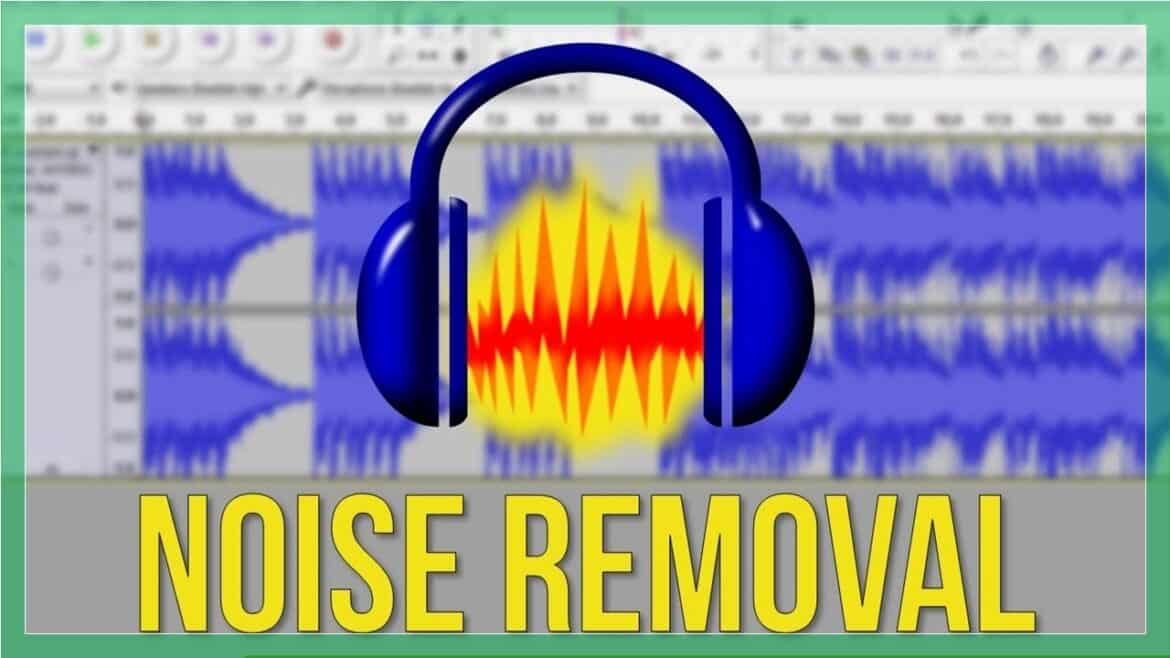746
Using the free tool “Audacity”, you can easily remove noise from your recording – without any in-depth expertise
Remove the noise in Audacity: The first step
Audacity offers you a precise way to remove unwanted noise. The best way to do this is to use the integrated “noise reduction” effect.
- Open your audio file in Audacity.
- Locate a point in the audio material where only the noise can be heard. This area serves as the noise profile.
- Mark this area and select the “Noise reduction” option in the “Effect” menu.
- Click on “Determine noise profile”. Audacity analyzes the marked area and detects the noise.
- Now select the entire audio range that you want to clean up.
- Go to “Effect” again and then to “Noise reduction”. In the window that opens, you can make the settings for noise reduction. Move the slider at “Noise reduction (dB)” to adjust the strength of the reduction. Experiment with the “Sensitivity” to find the best possible balance between noise reduction and sound quality.
- Confirm with “OK” and listen to the result. Repeat the process if necessary until the noise has been satisfactorily removed.
Fine adjustments and advanced tips
It is worth familiarizing yourself with the various noise reduction parameters in Audacity. These offer finer control and better results.
- Noise reduction (dB): This control determines how much noise is attenuated. A higher setting removes more noise, but can also lead to a loss of fine detail.
- Sensitivity: Depending on the sensitivity value, Audacity recognizes more or less noise. Too low a value will not remove all noise, too high a value could falsely identify important parts of the audio such as the voice as noise.
- Smoothing bandwidth (Hz): This setting helps to smooth the audio signal after noise reduction. A higher value can make the sound appear more natural, but can also lead to a lower degree of noise reduction.

